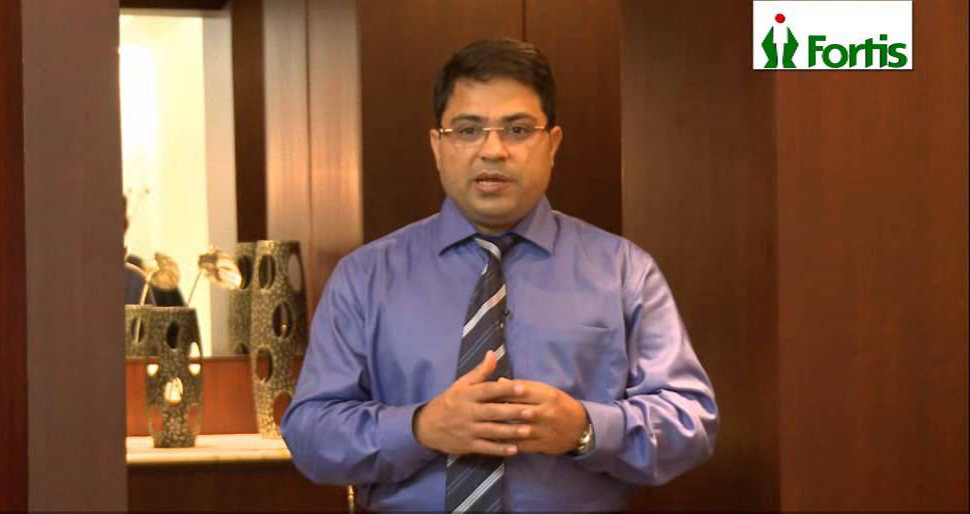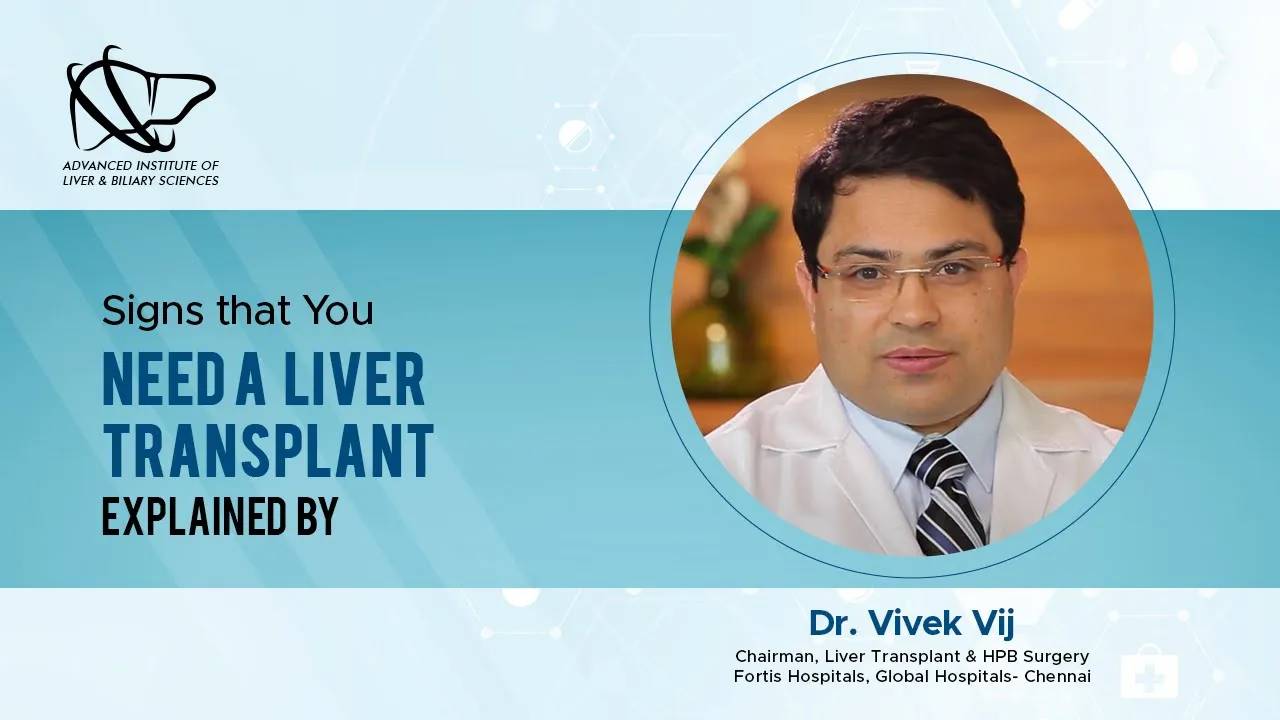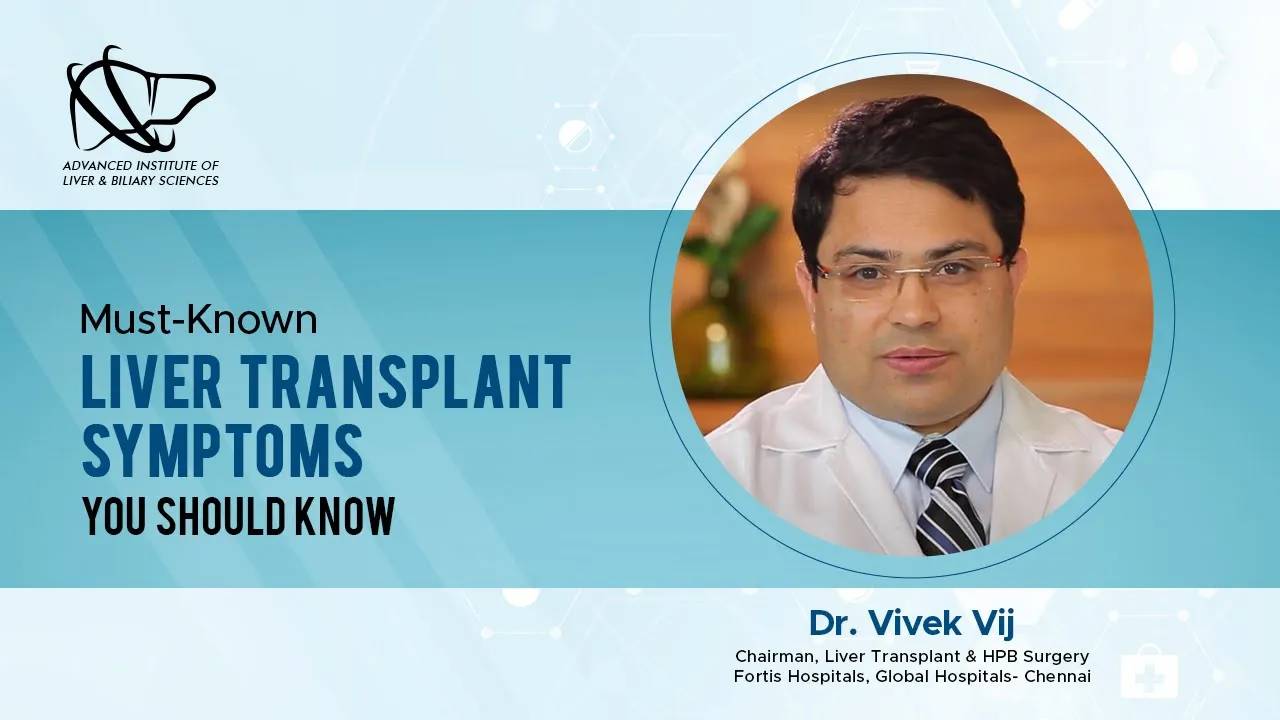When a child faces liver failure, every second matters. Unlike adult cases, pediatric liver transplantation is an intricate journey woven with layers of clinical, emotional, and logistical challenges. The good news? Advances in medical science are offering a new lease on life—making liver transplant in children more successful than ever before.
But what does this process involve? What hurdles do specialists and families face? And where does hope come in?
Let’s break down the landscape of pediatric liver transplantation, from diagnosis to recovery, highlighting key challenges and the expertise required to turn hope into healing.
Pediatric liver transplantation refers to the surgical replacement of a diseased liver with a healthy one in children—ranging from infants to adolescents. It is often a life-saving procedure for conditions such as:
While liver transplant surgery in adults is common, the pediatric domain requires deeper specialization. Children’s smaller size, immature immune systems, and complex growth-related needs make every procedure more intricate and delicate.
| Condition | Description |
|---|---|
| Biliary Atresia | Most common cause in infants; bile flow is blocked or missing. |
| Acute Liver Failure | Sudden onset of liver dysfunction; often caused by infections or medications. |
| Metabolic Disorders | Conditions like Alpha-1 antitrypsin deficiency, Tyrosinemia, or Glycogen storage diseases. |
| Liver Tumors | Hepatoblastoma and other childhood liver cancers requiring transplant when resection isn’t possible. |
1. Donor Organ Shortage:
One of the biggest hurdles is the scarcity of age-appropriate donor organs. Unlike adults, matching a child’s size and weight with a suitable liver graft is critical. This often leads to longer waiting times and higher pre-transplant mortality.
Solution: Innovations like living donor liver transplantation and split-liver grafts have increased donor availability, yet access and logistics remain major issues.
2. Complex Surgical Precision:
Children’s smaller anatomy poses a higher risk of complications during liver transplant surgery. Surgeons must deal with tiny blood vessels, varying organ sizes, and the evolving physiology of growing children.
Solution: Specialized surgical teams with expertise in pediatric liver transplantation are essential for successful outcomes.
3. Immunological Sensitivity:
Children’s immune systems are still developing. This makes them more susceptible to rejection or infection post-transplant. Immunosuppressive drugs must be finely balanced—not too aggressive, not too weak.
Solution: Personalized immunosuppression protocols, frequent monitoring, and long-term follow-up are key to managing immune responses effectively.
4. Postoperative Complications:
Post-surgical risks in pediatric patients include:
Solution: Early intervention protocols, nutritional support, and a multidisciplinary approach involving pediatric hepatologists, transplant surgeons, and nutritionists.
5. Long-Term Care and Psychosocial Challenges:
Unlike adults, children need decades of follow-up care. Emotional well-being, school reintegration, medication adherence, and puberty-related issues must all be managed over the long term.
Solution: Structured long-term care programs that support both children and families.
Despite the challenges, hope is thriving—thanks to rapid innovations in the transplant ecosystem.
Minimally Invasive Techniques:
Improved surgical tools and minimally invasive approaches have reduced trauma, pain, and recovery time in young patients.
Better Graft Survival Rates:
Modern protocols have improved 1-year graft survival rates to over 90% in leading transplant centers. This means more children are not just surviving, but thriving post-transplant.
Living Donor Liver Transplants:
With living donor options, especially from parents or relatives, children no longer have to wait months or years for cadaveric livers.
Genetic & Metabolic Screening:
Early genetic screening helps identify metabolic liver diseases before symptoms escalate—enabling preemptive planning and better outcomes.
Pre-Transplant Evaluation:
Before a child is listed for transplant, a detailed evaluation is performed, including:
Transplant Procedure:
During surgery, the diseased liver is removed and replaced with a new one, usually lasting 6–12 hours. In split-liver transplants, a single donor liver may save two lives—one adult and one child.
Post-Operative and Long-Term Care:
Children require close ICU monitoring post-surgery. Key aspects of long-term care include:
Liver transplantation in children is not a standalone medical act—it’s a family journey. Emotional support, parental involvement, adherence to medication, and regular check-ups are vital for long-term success.
Key players in the care ecosystem:
Successful pediatric liver transplantation depends not just on advanced infrastructure but on the wisdom of experience. Every phase—from diagnosis to post-op recovery—requires deep specialization.
This is where seasoned experts like Dr. Vivek Vij, recognized as one of the best liver transplant surgeons in India, bring unmatched value. With extensive experience in complex pediatric cases and innovation-driven care protocols, Dr. Vivek Vij and his team have transformed transplant outcomes for countless young patients.
When it comes to liver transplant cost in India, the overall expenses are considerably lower than in many Western countries, without compromising on quality. However, the total cost varies depending on:
Tip: Early diagnosis and planning can help reduce long-term treatment costs and improve outcomes.
India has emerged as a global hub for liver transplant surgery, attracting families from across Asia, Africa, and the Middle East. Key reasons:
If your child shows signs of chronic liver failure or progressive metabolic disease, consult a pediatric hepatologist if they experience:
Liver transplant in children may seem daunting, but it’s no longer an unreachable miracle. With timely diagnosis, expert guidance, and long-term care, children today are beating odds and living full, healthy lives.
While challenges in transplant challenges in pediatric liver cases remain significant, the strides in medicine, surgical precision, and support systems bring unmatched hope.
Behind every successful transplant story is a team that knows how to turn crisis into recovery—led by visionaries like Dr. Vivek Vij, whose contributions continue to shape the future of pediatric liver care in India.
What are the common reasons a child might need a liver transplant?
Ans. Common reasons include biliary atresia, acute liver failure, metabolic liver diseases, and liver tumors.
How is a pediatric liver transplant different from an adult transplant?
Ans. Children require more delicate surgical techniques, size-matched organs, and specialized post-operative care due to their developing bodies.
Is a living donor liver transplant safe for children?
Ans. Yes, living donor transplants are considered safe and have high success rates, especially when performed by experienced surgeons.
What is the success rate of pediatric liver transplants?
Ans. With current advancements, one-year survival rates exceed 90% in leading transplant centers.
How long will my child need medication after the transplant?
Ans. Children require lifelong immunosuppressive medication to prevent organ rejection and maintain liver function.
How much does a liver transplant cost in India for a child?
Ans. Costs vary based on hospital, donor type, and treatment complexity but are generally more affordable compared to Western countries.


